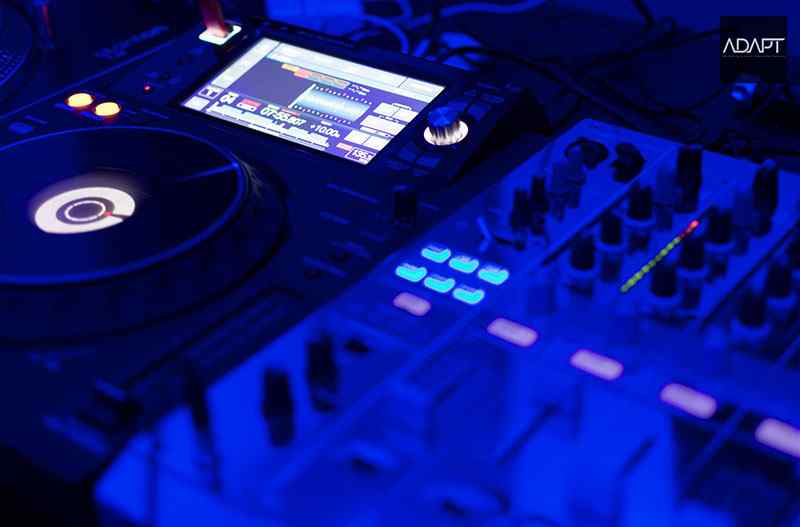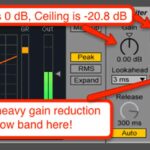One of the most used and yet least understood tools in the producers’ arsenal is distortion and saturation during the mixdown phase. To add to the confusion bit crushers also do a fairly similar job in this regard. The following article explains the differences between the two primary processes as well as their appropriate uses as mixing tools.
While distortion and saturation serve an extremely similar function, that is to add harmonic/disharmonic content to the frequency spectrum.
Distortion by its very definition adds random frequencies and noise to the overall signal adding edge to the sound, while saturation as a process adds harmonic frequencies or in other words saturation adds related harmonic content to the original signal, beefing it up and making it sound warmer. Herein also lies the primary difference in terms of which process you would use.
Do your drums or synth line need a bit more edge to stick out of an already crowded mix?
Then distortion is the effect you’re looking for.
Or
Do your drums need to be tamed around the edges and sound warmer and more glued together?
IN THIS CASE SATURATION IS WHAT YOU’RE LOOKING FOR.
Saturation by nature is more subtle, tape saturation for example, which is also a mild form of compression. While saturation comes off cleaner and milder, distortion does the very opposite and adds dirt and edge to the signal.Distortion is particularly useful for adding upper harmonic content, particularly when the high frequencies are dull or even non-existent. Saturation makes the upper end of the signal dense and allows the signal to cut through the mix with ease due to its added edgy tonal characteristic.
One thing to keep in mind when cranking distortion on a signal is that dissonant frequencies are added to the sound, so a more subtle approach is recommended with the same. Feel free to experiment with the process though.
Another important thing to keep in mind is that you cannot control which region of the frequency spectrum distortion affects; a handy workaround is to use the same as a parallel process so as to not cook or mess up your original signal.
As mentioned earlier both distortion and saturation are also a type of compression within themselves and saturation can hence just as easily be used to round off sharp transients. High frequencies are particularly fatiguing on the ear and the listener becomes easily desensitized to this particular region of the spectrum.
Bit crushers by principle are not harmonically related to the original signal but you’re essentially downsizing or doubling up and folding the original signal, which gives you an almost 8 bit effect which is extremely useful in other worldly or artificial sound design projects.
By its very nature distortion does not effect the lower end of the signal, so if you’re looking for low end enhancement distortion is not particularly helpful although if you’re looking to add a touch of mid range and upper harmonic content to your bass line to cut through on smaller speakers this is precisely the tool you’d reach for.
While the idea during a mix down phase is to use both of these processes subtly to enhance the signals. You could use either of these processes in more extreme amounts when working on sound design projects or simply experimenting. As with any audio enhancing effects, the best way to learn the same is to apply it on different signals in your very own projects and find the unique process that works for you.




